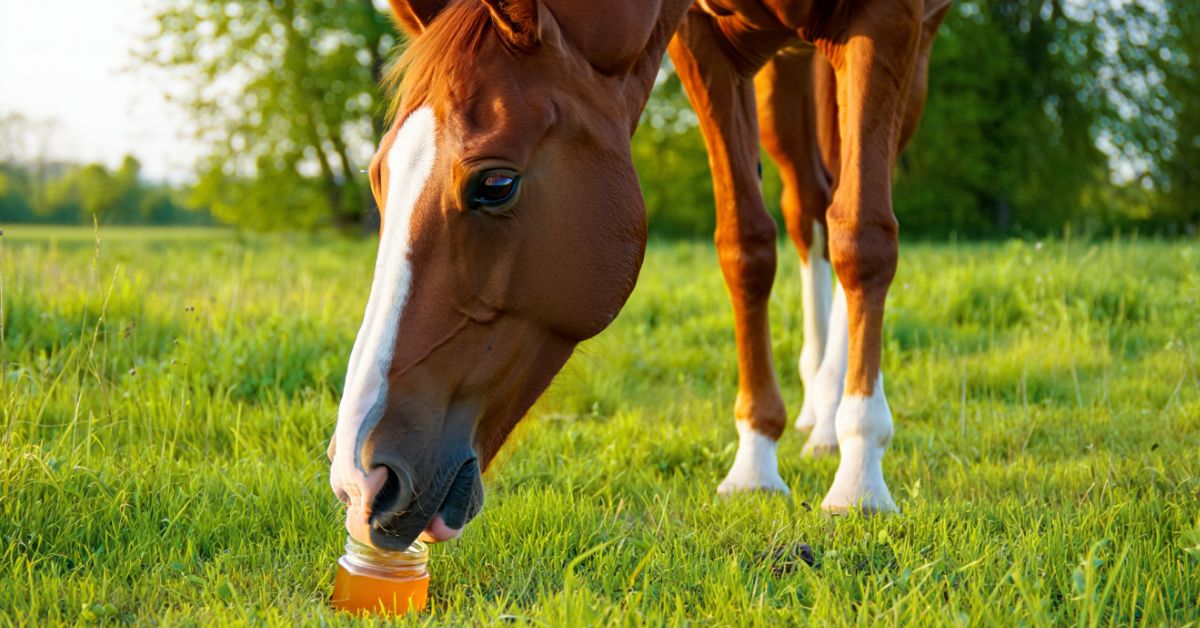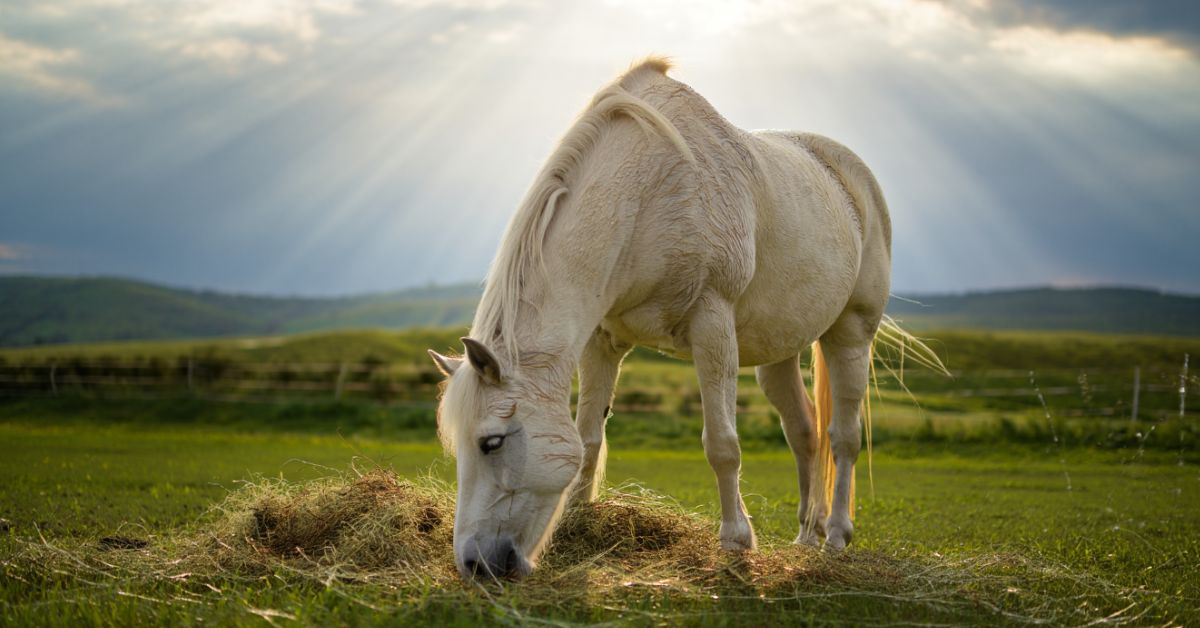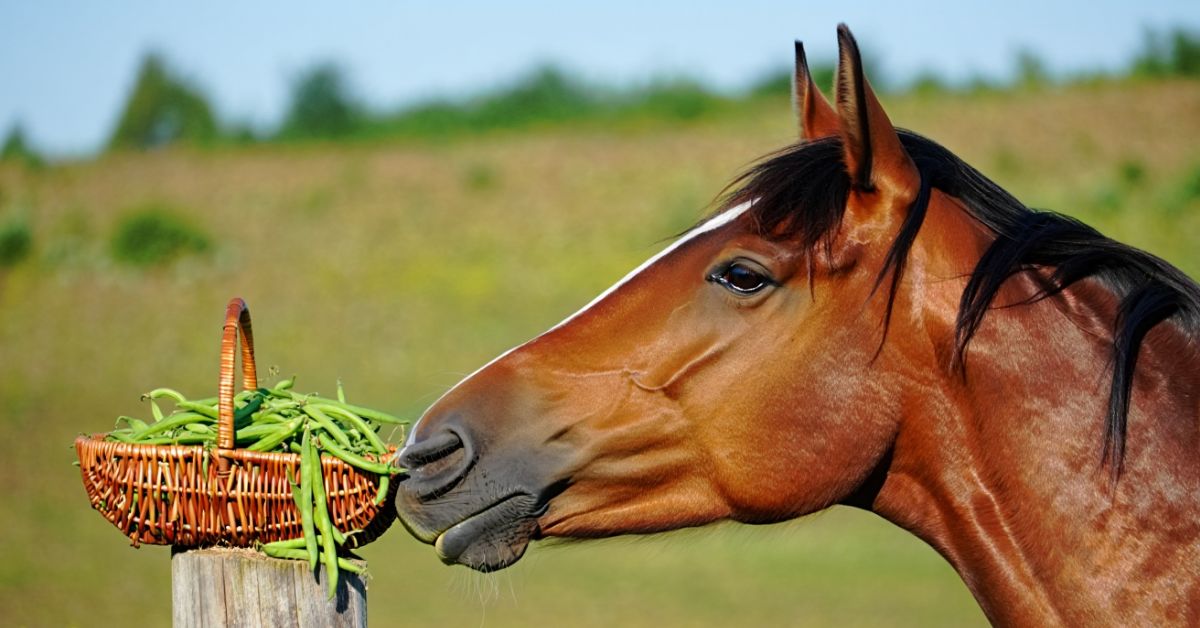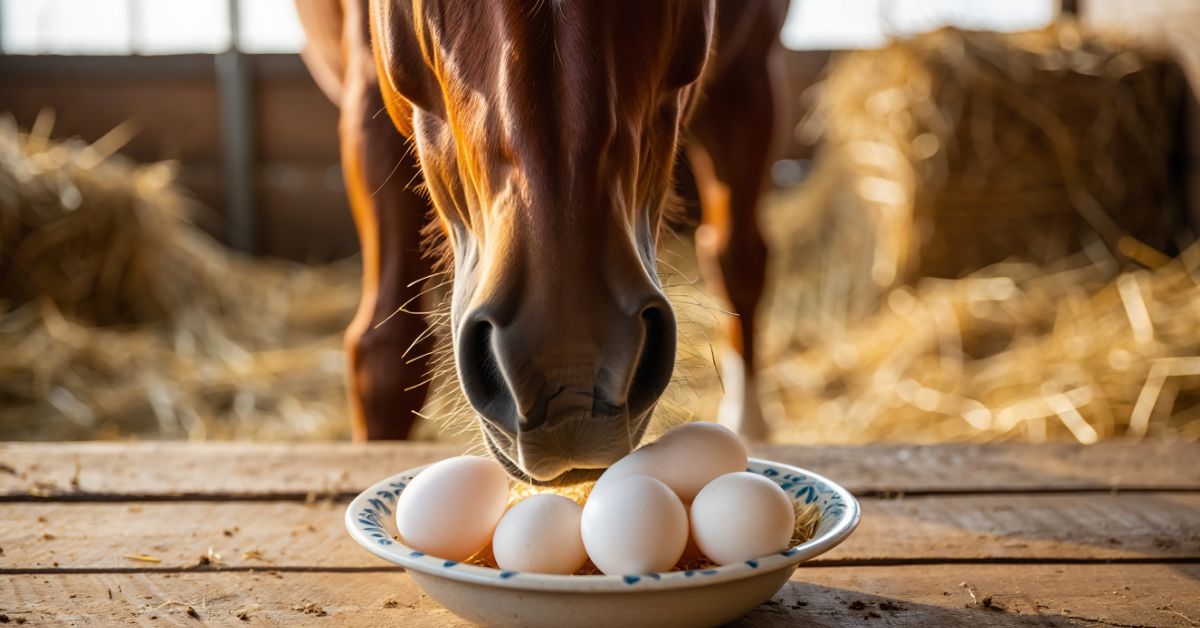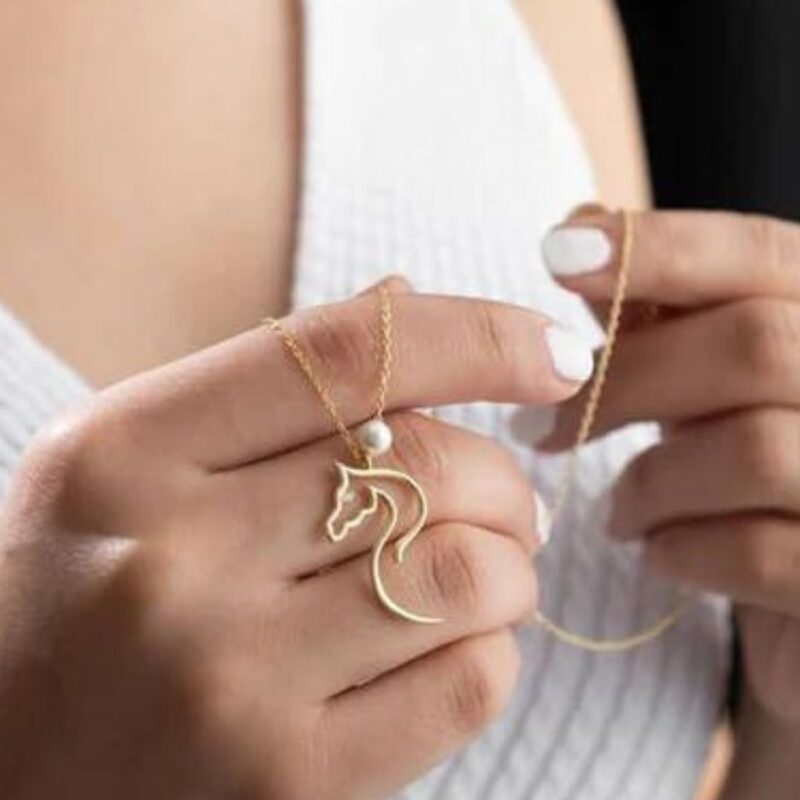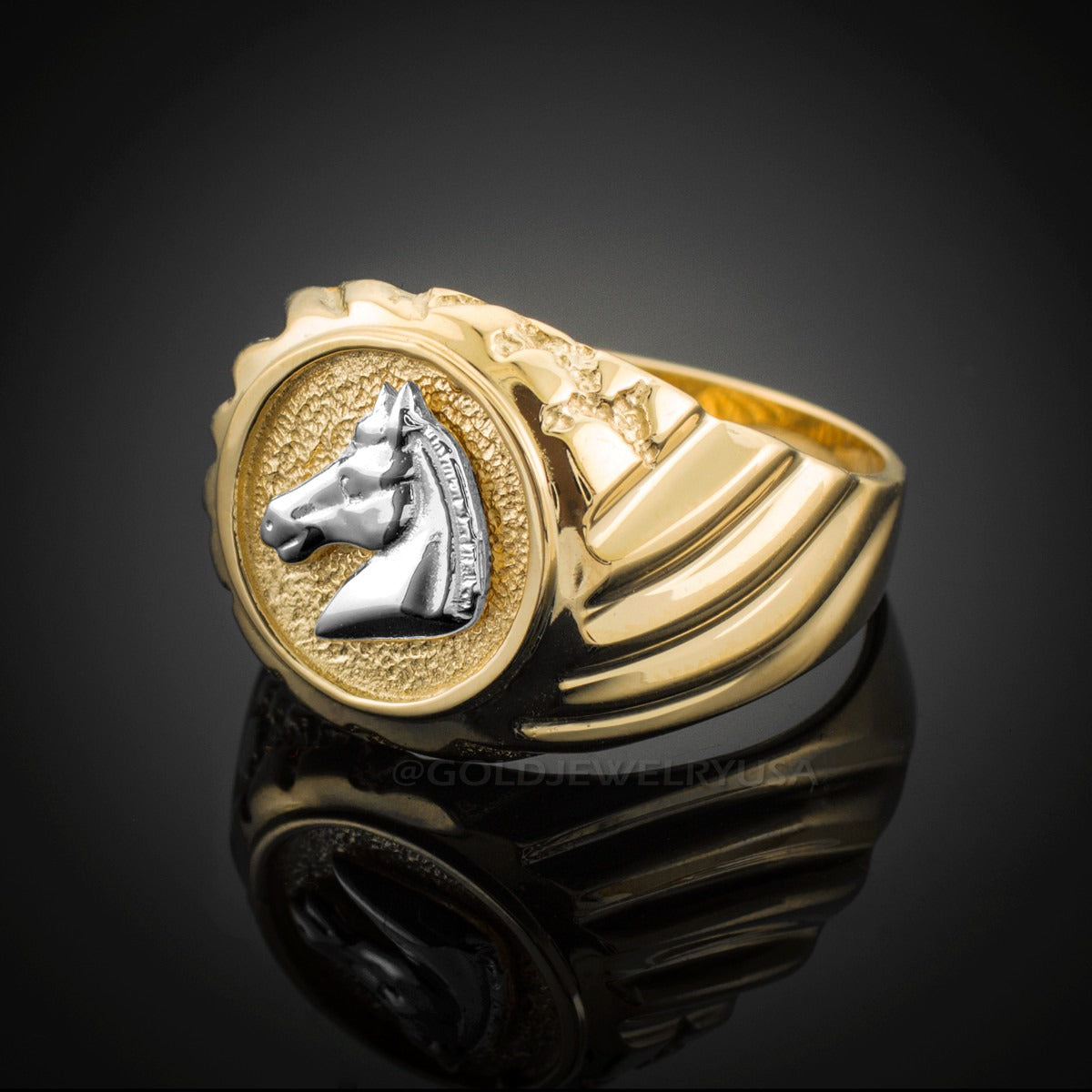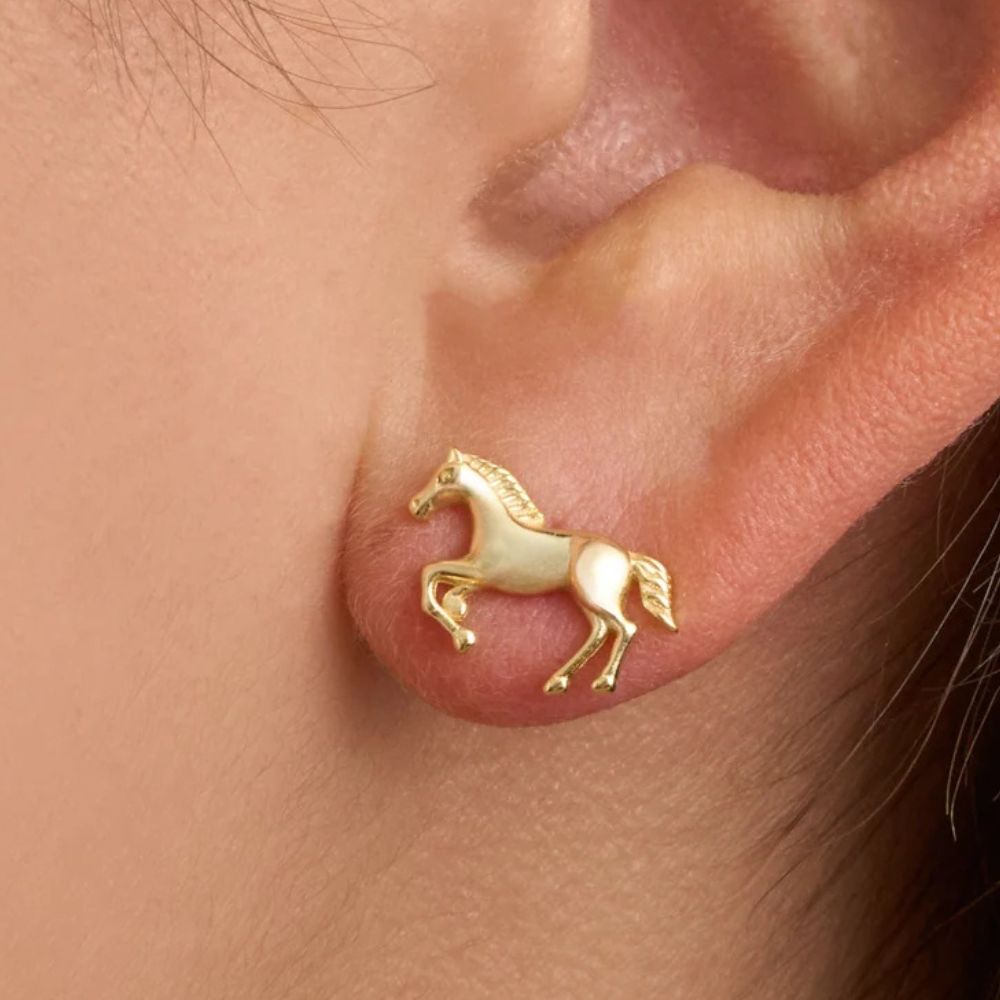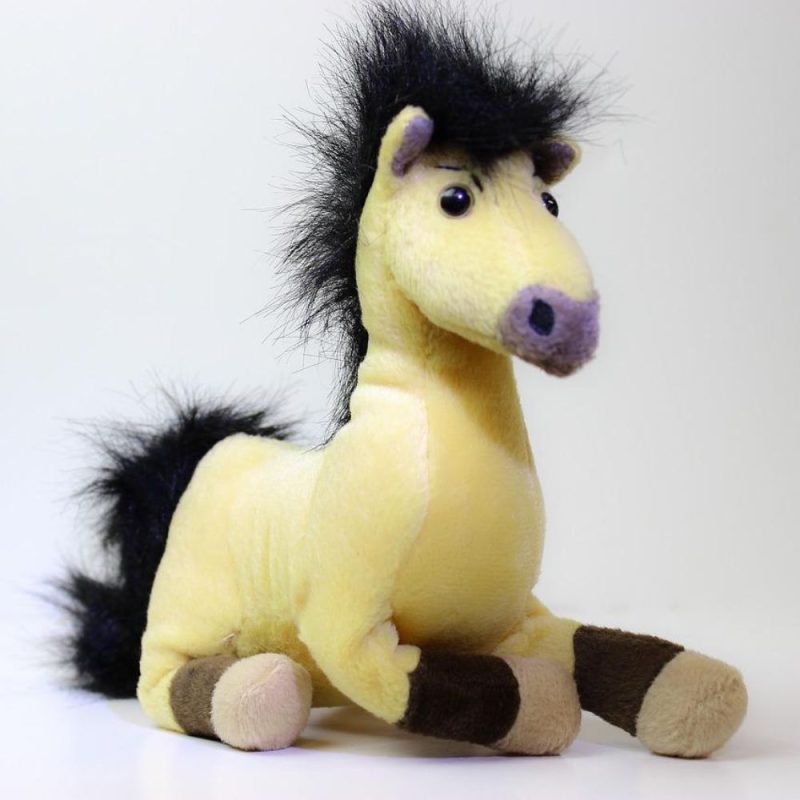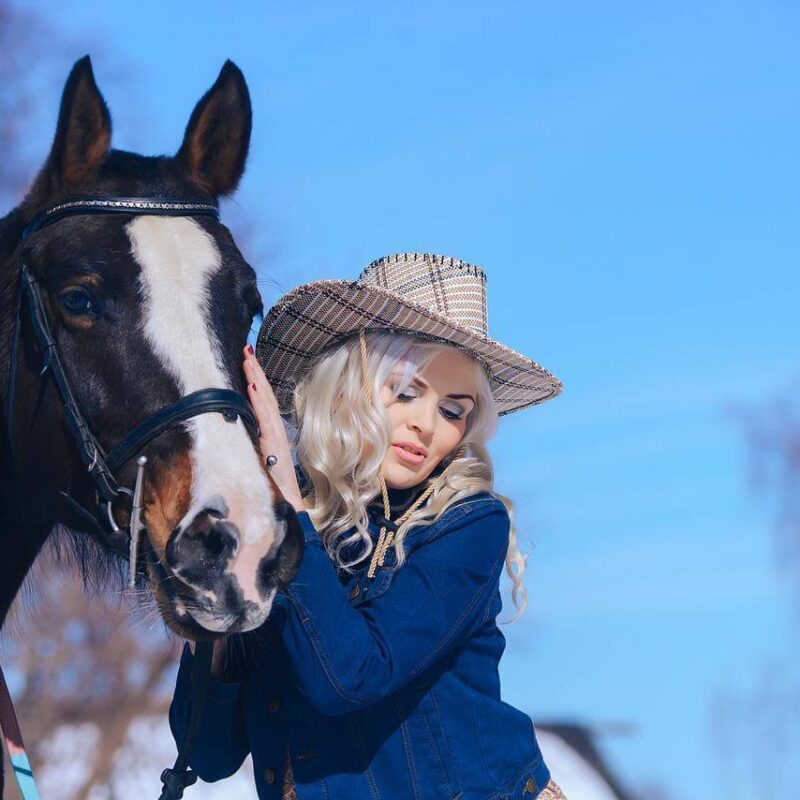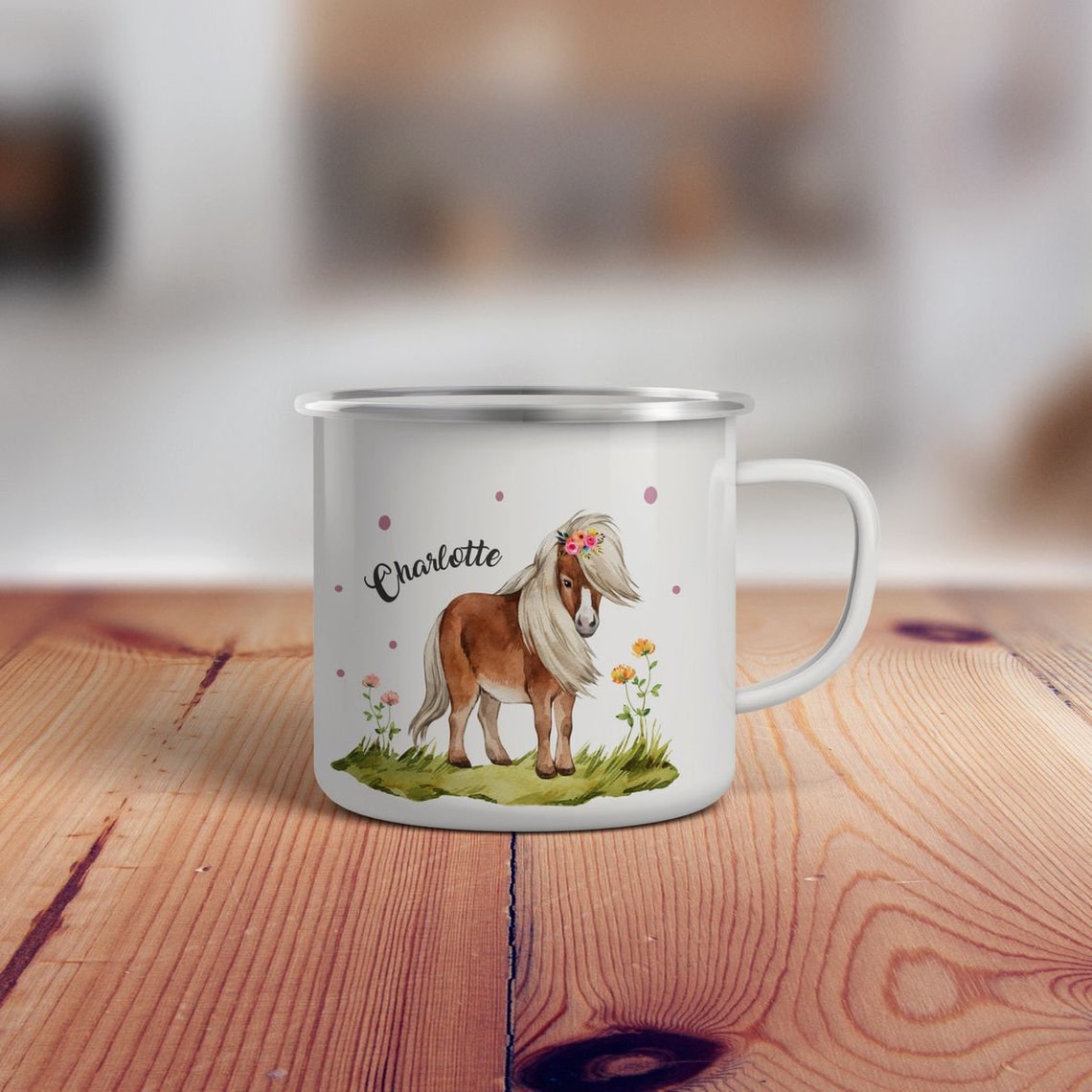
Can Horses Eat Peppermints? The Sweet Truth for 2025
You know the sound. That subtle crinkle of a candy wrapper that can make a horse’s ears prick up from across the barn. It’s a sound often associated with a small, red-and-white striped treat: the humble peppermint. But as you offer that sweet morsel to your equine friend, a question might pop into your head: Can horses eat peppermints safely?
The short answer is yes, most healthy horses can eat peppermints, but this comes with some very important exceptions and rules. Think of them like a piece of chocolate for us—a delightful indulgence, but not a health food.
In this guide, we’ll unwrap the full story behind this popular peppermint horse treat. We’ll explore the real risks tied to their sugar content, identify which horses should never have them, and reveal healthier, safer equine treat options that will still make their eyes light up. ✨
The Allure of the Peppermint: A Powerful Connection
Why do these little candies hold such sway at the stable? The answer lies in their powerful combination of taste and psychology, making them a cornerstone of bonding with your horse and training.
Most horses absolutely love the peppermint flavor palatability. That strong, sweet, and aromatic taste is a delightful change from their usual hay and grain. For many riders, sharing a treat is a moment of connection—a small ritual that strengthens their bond. For the horse, it’s a simple, delicious reward.
This makes them incredibly effective as training rewards for horses. The distinctive crinkle of the wrapper can become a powerful cue, instantly grabbing their attention and focus. I've personally seen a show horse, looking a bit distracted, immediately "puff up and showboat" with arched neck and alert ears the moment his owner reached for a peppermint. It’s an instant spark of interest that can be invaluable in the show ring or during a training session.
The Not-So-Sweet Side: Unpacking the Risks
While peppermints can be a fun, occasional reward, it’s crucial to understand the potential downsides. Their charm is also their biggest flaw: sugar.
The Hidden Danger: Sugar Content in Peppermints for Horses
A standard peppermint candy for horses is packed with sugar. A single serving of three small, round peppermints can contain between 8 to 13 grams of sugar. While this might seem tiny compared to the pounds of sugar a horse consumes from hay daily, there's a key difference. The sugar in candy is simple sucrose, which is absorbed very quickly into the bloodstream.
This rapid sugar spike can lead to several horse health risks over time:
-
Weight Gain: Just like with people, excess calories from sugary snacks can contribute to obesity, which puts extra strain on a horse's joints and vital organs.
-
Dental Problems: A high-sugar diet can contribute to tooth decay and other dental issues in horses.
-
Digestive Upset: For some horses, especially those with sensitive stomachs, a sudden influx of sugar can disrupt the delicate balance of their gut microbiome, leading to digestive upset.
When Peppermints Are a "No-Go": High-Risk Horses
For certain horses, the risk of a sugar spike isn't just a minor concern—it's a serious health hazard. If your horse has any of the following conditions, you should avoid peppermints and other high sugar snacks entirely:
-
Insulin Resistance (IR) or Equine Metabolic Syndrome (EMS): These horses cannot process sugar correctly, and even a small amount can cause dangerous complications.
-
Laminitis: This extremely painful hoof condition is often triggered or worsened by high sugar intake. Giving a laminitic horse a peppermint is not a risk worth taking.
-
Cushing’s Disease (PPID): Horses with this condition are highly sensitive to sugars and starches, making sugary treats off-limits.
-
Polysaccharide Storage Myopathy (PSSM): This is a muscle disorder where horses abnormally store sugar in their muscles. A high-sugar diet can worsen their symptoms.
Simply put, for horses with metabolic disorders, the answer to "Can horses eat peppermints?" is a firm and resounding no.
Safe Peppermint Practices: The Dos and Don'ts
If your horse is healthy, active, and doesn't have any metabolic conditions, you can still share this treat. The key is to do it responsibly.
The Golden Rule: Horse Peppermint Moderation
Moderation is everything. We’re not talking about a handful after every ride. So, how much peppermint to feed a horse? The expert consensus is clear:
-
One or two peppermints at a time is generally considered a safe amount.
-
Treat this as an occasional horse treat, not a daily staple. A couple of times a week is a good guideline.
Hard candies can also be a choking hazard. It's a small risk, but you can minimize it by breaking larger candies into smaller, more manageable pieces, especially for eager eaters.
🚨 A Critical Warning: Sugar-Free Peppermints for Horses
You might think you’ve found the perfect solution: a sugar-free peppermint. STOP! This could be a fatal mistake.
Many sugar-free candies and gums contain Xylitol, an artificial sweetener. While safe for humans, xylitol toxicity is a major threat to animals. It is extremely toxic to dogs, causing a massive insulin release that leads to hypoglycemia, seizures, liver failure, and death.
While research on xylitol toxicity in horses is less extensive, xylitol is known to be unsafe for them as well. Given the high risk and lack of clear safety data, you should never feed a horse anything containing xylitol. Always check the ingredients on any "sugar-free" product for this dangerous additive. Other sugar alcohols like sorbitol can also cause digestive upset.
Beyond the Candy: Healthier Equine Treat Options
Want to reward your horse without the sugar rush? The good news is there are plenty of wonderful alternatives that your horse will love just as much.
The Power of Nature: Natural Horse Treats
Many safe human foods for horses make excellent, healthy treats. Why not try offering a few of these?
-
Celery Sticks: These are fantastic! They are low in sugar, provide a satisfying crunch, and the high cellulose content encourages chewing, which helps produce saliva and buffer stomach acid.
-
Watermelon Rinds: A surprisingly popular and low-sugar option that many horses adore.
-
Berries: A handful of strawberries or blueberries are a tasty, antioxidant-rich treat.
-
Peppermint Leaves: If your horse loves the minty flavor, why not go to the source? Fresh or dried peppermint leaves for horses can be sprinkled over their feed. Peppermint as an herb can actually offer gastrointestinal comfort and act as an appetite stimulant without any of the sugar.
"Studies have shown that horses prefer banana over traditional mint, carrot and apple flavours." - Olivia Colston, MSc, Equine Nutritionist
Smart Choices: Commercial Horse Treats vs. Candy
When in doubt, choose a treat specifically made for horses. Today, the market for commercial horse treats is vast, with many companies offering low-sugar, low-starch options designed for metabolically sensitive horses. These treats provide peace of mind, knowing they are formulated with equine nutrition advice in mind and are free from harmful artificial additives.
The Final Verdict: A Treat to Handle with Care
So, can horses eat peppermints? Yes, for the healthy horse, a peppermint can be a cherished treat that enhances your training and deepens your bond. But it’s a treat that demands respect and mindfulness.
Your horse diet safety is paramount. Always prioritize horse feeding guidelines, especially when it comes to high-sugar snacks. For horses with metabolic issues, the answer is a clear no, but the world of alternatives to peppermints for horses is rich and exciting. By making informed choices, you can keep treat time both happy and healthy for your four-legged partner.
FAQ: Your Peppermint Questions Answered
1. How many peppermints can I safely give my horse?
For a healthy, adult horse without metabolic issues, one or two standard-sized peppermints a few times a week is a safe guideline. They should be considered a special, occasional treat, not a daily supplement.
2. Are peppermints bad for all horses?
No, but they are unsafe for a significant portion of the horse population. Horses with insulin resistance, laminitis, Cushing's disease (PPID), or any metabolic disorder should never be given sugary treats like peppermints.
3. Is there a difference between peppermint candy and peppermint leaves for horses?
Absolutely. Peppermint leaves are one of the herbs safe for horses and can offer digestive benefits, like soothing the stomach, without the sugar. Peppermint candy, on the other hand, is primarily sugar with peppermint flavoring and offers no nutritional value.
4. Can sugar-free peppermints kill a horse?
They potentially could. Many sugar-free candies contain xylitol, an artificial sweetener that is highly toxic to many animals. While severe toxicity is more documented in dogs, xylitol is not considered safe for horses, and it's best to avoid it completely to prevent a tragic accident.
5. What are the best low-sugar treats for training?
Hay cubes, alfalfa pellets (broken up), celery sticks, and specially formulated low-sugar commercial horse treats are all excellent options. They provide a positive reward without the risks associated with high sugar content.
Conclusion & Call to Action
To sum it up, peppermints are a treat to be given with thought and care. For the right horse, in strict moderation, they are a simple joy. For the wrong horse, they are a risk not worth taking. The golden rules are to know your horse's health status, always prioritize moderation, and never be afraid to swap out a sugary candy for a healthier, natural alternative.
Now, we want to hear from you!
-
Interaction: What’s your horse's absolute favorite healthy treat? Share your secrets in the comments below! 👇
-
Exploration: Want to discover more safe snacks? Check out our complete guide on the Top 10 Safe Human Foods for Horses.
-
Fidélisation: Don't miss out on our expert tips! Subscribe to the Dream Horse newsletter for the best advice and exclusive offers delivered straight to your inbox. ✨



